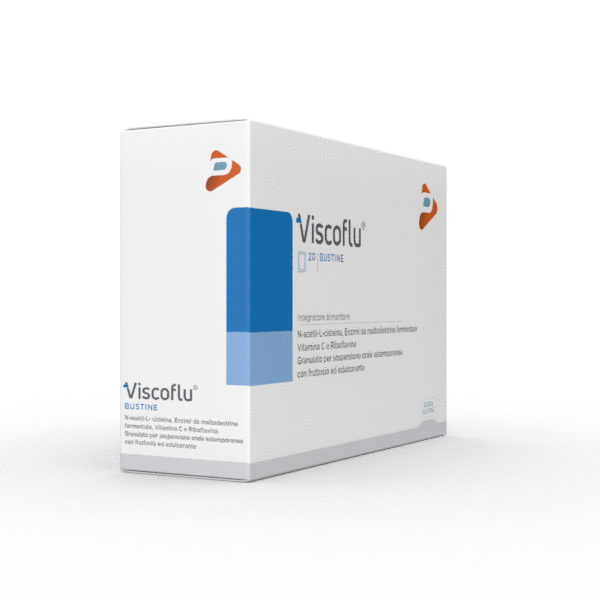Fever, cough, rhinitis, pharyngitis: in general, these are the main symptoms that characterize recurrent respiratory infections (IRR) in children, a problem that is particularly frequent in the winter period and in the preschool age. Of predominantly viral origin, they can be repeated up to 5-6 times during the cold season and more frequently affect the upper respiratory tract.
When can we talk about recurrent respiratory infections?
“It is estimated that in the first year of life one child out of four suffers from this problem and then one child in five. Relapsing respiratory infections tend to be reduced by 20% per year and by 4-5 years one is generally” out of the ford “, highlights Francesco Macrì, allergist pediatrician, secretary of the Study Group for complementary medicines of the SIP (Italian Society of Pediatrics). According to the doctor, the children consider themselves affected by IRR when the number of febrile acute episodes exceeds 6 ifs borne by the upper respiratory tract (ears, nose, throat) or altitude 3 by the lower respiratory tract (bronchi and lungs), in a period of time that goes from the beginning of the school year to the spring, in practice an episode per month ». They are forms that are generally managed at home, but which represent a third of the outpatient pediatric consultation reasons, with an economic impact of around 300 euros per episode on families. It is a pathology that, especially if it occurs under the age of 5-6, is destined never to disappear completely. The aetiological reasons are individual, such as low immune defenses, a particular predisposition, but also environmental factors play an important role: the presence of many children in small classes, outdoor and indoor pollution. In the absence of other pathologies, it is, however, true that it is a transient condition, which with growth tends to manifest itself progressively less. The measures to be taken are above all preventive and are summarized in placing particular importance on the environment in which the child lives: avoiding the presence of smoke, excessively high heating temperatures, taking care of the hygiene of enclosed spaces in general.
Reducing disturbances is possible
When respiratory infections occur, coughs and colds are annoying disorders, which can be mitigated with the use of preparations in which the mucolytic and decongestant action are associated. Particularly useful are the acetylcysteine-based formulations, known for their ability to fluidizer secretions, and with a hypertonic solution, which frees the nasal mucous membranes and facilitates breathing. The products in vials for aerosol administration or nasal showers are very practical.


